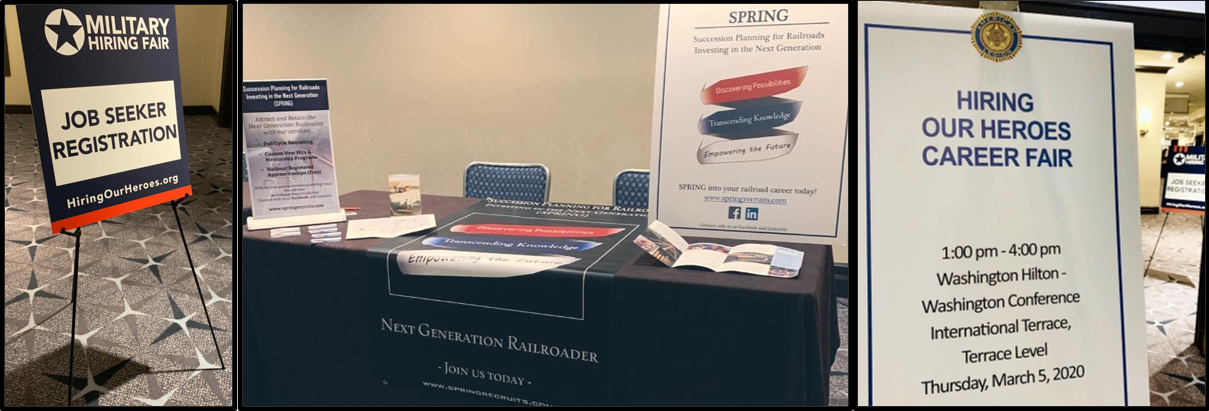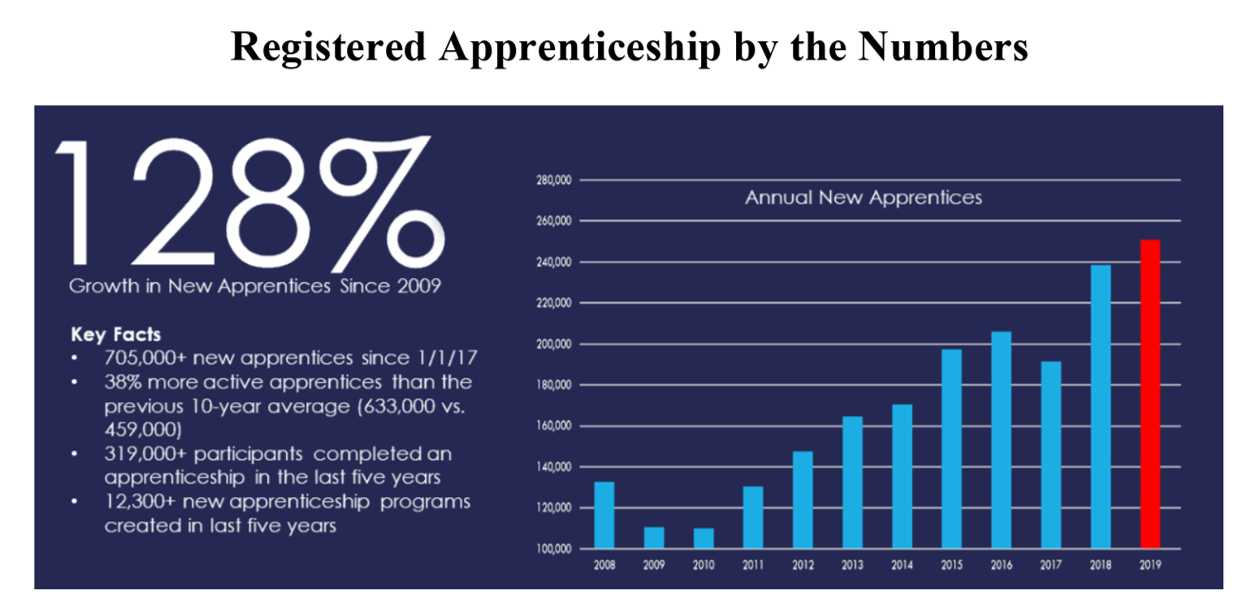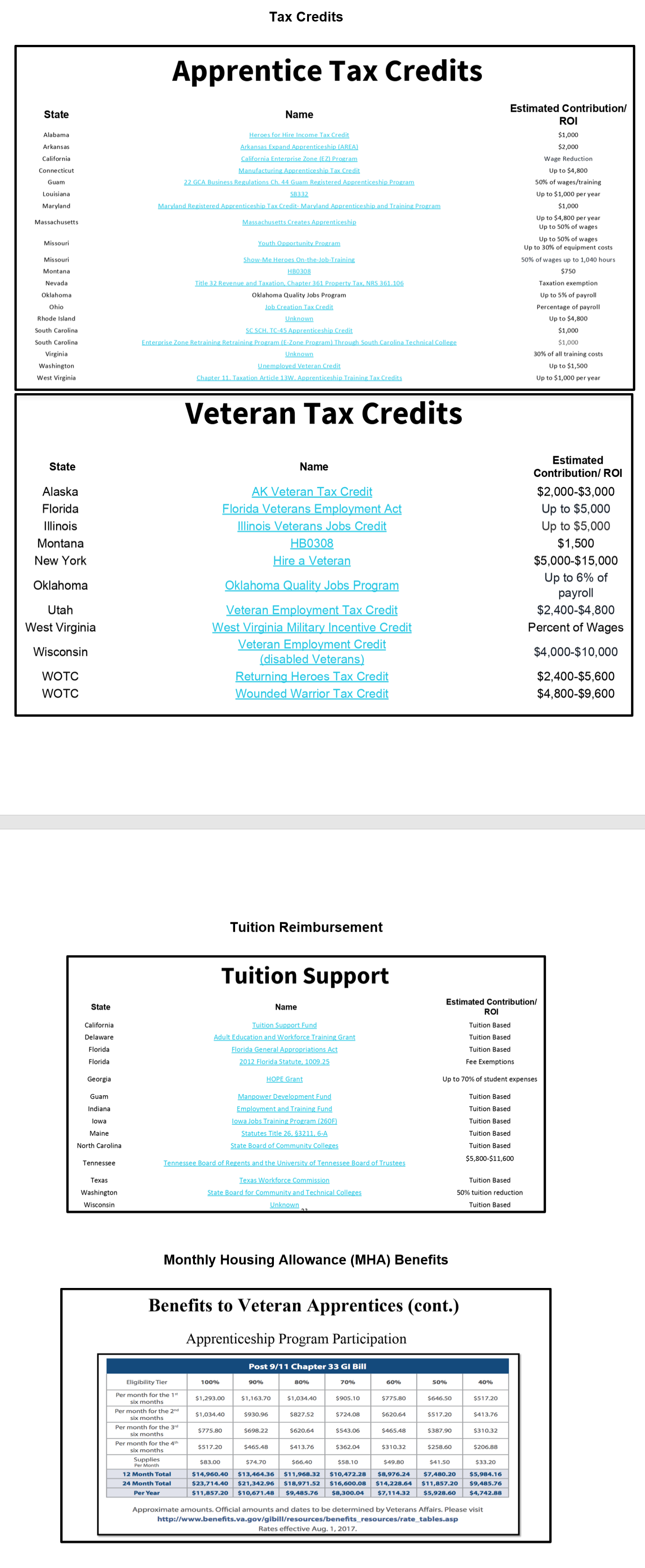It’s clear that hiring veterans is a desire of many companies for the obvious reasons of attracting and retaining candidates with diverse skill sets or fulfilling a personal mission to help our servicemen and women transition with their companies into civilian life. However, how do companies get veterans? Well, the answer is... it takes consistency, commitment, and the proper processes in place to ensure a successful veteran succession program.
First, as employers, we must be consistently present. If candidates don’t know you exist, how do you expect them to apply?
When in Rome, do as the Romans do.
In other words, be where the candidates will be. Consistently show up at the recruiting events in which transitioning military will be. One of the many organizations that hosts virtual and physical career fairs as well as fellowships and other resources is the U.S. Chamber of Commerce Hiring our Heroes program. Another to consider keeping up with is the American Legion. Although there are many organizations that are dedicated to connecting the military with employers, be a part of at least one organization or one event year after year to build that sense of trust and brand recognition of your organization with candidates. Being a constant vision of hope for candidates to recognize your company is step one, and if your company doesn’t have the bandwidth, connect with players, such as the partnership project that Commtrex and SPRING will be launching, that are there consistently to start reaching these candidates on your behalf. Like a business relationship, candidates will only do business with you if they know, like, and trust you, and therefore, getting your brand known is a well worth time commitment and a key element to successful recruiting.

Secondly, once we connect consistently with our target community, we must have the processes in place to ensure their success in learning our world in rail. Although rules and regs may be a familiar sound to our veteran candidates, our industry is unlike any other and so we need to approach our onboarding and training unlike any other and make it our own. With requirements looming from our own regulators to get our documentation in order for our training, any resources we can use to help us start or solidify that journey for future compliance and our own internal organization, is certainly welcome. One such program could be the Department of Labor (DOL) National Registered Apprenticeship program. Before we explore this idea further, let's first say the winning phrase which is: it’s free to adopt and completely voluntary to use.
Last year, SPRING partnered with FASTPORT, a contracted DOL industry intermediary for transportation, distribution, and logistics, to introduce apprenticeship as a proven program of workforce development into the rail industry. FASTPORT started in the Transportation sector four years ago. Thus far they along with their participating employer partners and associations have registered over 14,000 new apprentices into the Transportation, Distribution, and Logistics (TDL) industries, where over 27% of those new Apprentices are Veterans.

In the simplest of terms, if you have a training program in place that has any of the components of classroom training, on the job learning, or mentorship, then you may already have an apprenticeship in place, it's just not registered as such. Once registered, employers can unlock tax credits and tuition reimbursements, depending on the state, as well as a Monthly Housing Allowance (MHA) for veterans within your program that are eligible for G.I Bill benefits. With a registered apprenticeship program, your training program is a nationally-recognized training program that has nationally recognized credentialing. This provides your company an expanded pool of civilian and veteran candidates nationwide to see your apprenticeable job. Employers including Omnitrax, The Grafton and Upton Railroad, and many others, are expanding apprenticeship programs into career paths available on their railroads.
When you adopt an apprenticeship-style learning structure, you are showcasing the basic skills and knowledge candidates will learn to perform their career safely and effectively, like a checklist to become proficient. This structure goes beyond just the internal illustration and documentation of what you can provide to candidates, however. Here are what some of the external state and federal benefits looks like, once you wrap an apprenticeship around one of your training programs:




